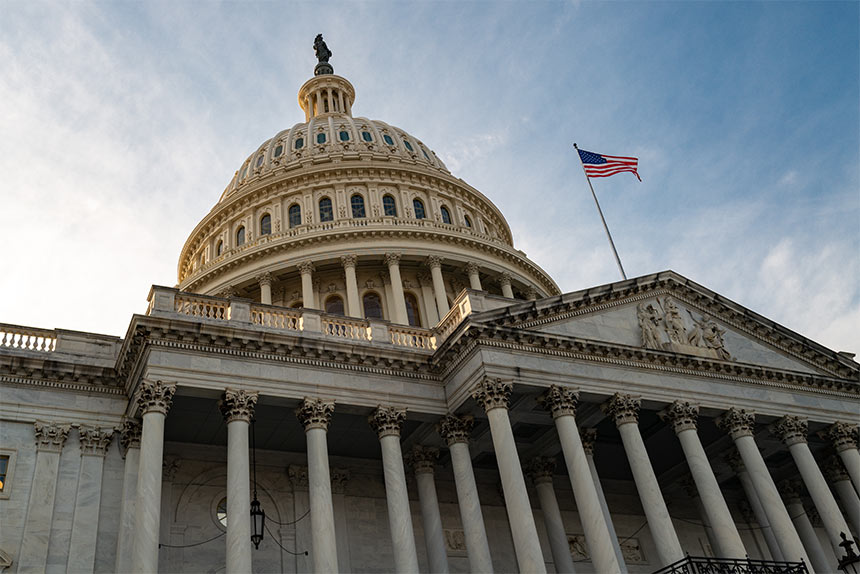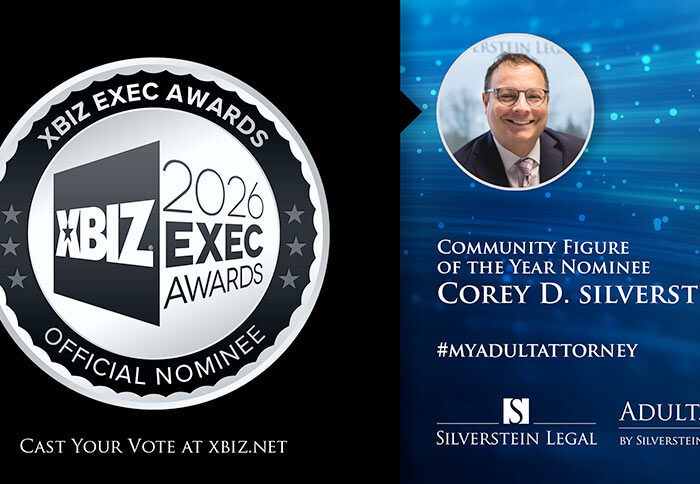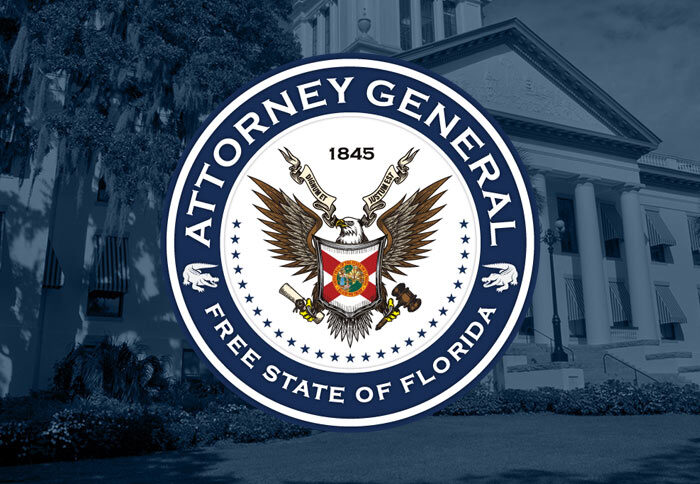WASHINGTON — Members of Congress this week introduced two bills calling for the repeal of…

On April 28, 2025, the U.S. House of Representatives overwhelmingly passed S. 146, the TAKE IT DOWN Act, following unanimous Senate approval in February. The bill, formally titled Tools to Address Known Exploitation by Immobilizing Technological Deepfakes On Websites and Networks, now heads to President Donald Trump’s desk for signature, where it is expected to become law with strong bipartisan support and endorsement from First Lady Melania Trump.
This landmark legislation addresses the growing harms posed by both authentic and synthetic nonconsensual intimate images (NCII). It establishes new criminal penalties and imposes civil obligations on online platforms to swiftly remove flagged NCII content.
Key Provisions:
Criminal Liability
Offense: Knowingly publishing authentic or synthetic NCII without consent is now a federal crime.
Penalties:
- Up to two years’ imprisonment for publishing NCII of an adult.
- Up to three years’ imprisonment if the NCII depicts a minor under 18.
- Threats to publish authentic NCII are punished the same as actual publication.
- Threats to publish synthetic NCII carry reduced penalties (up to 18 months for adults, 30 months for minors).
Clarifications:
- Consent to create an image does not equate to consent to publish it.
- Prior private sharing does not negate the victim’s right to privacy.
Civil Takedown Obligations for Online Platforms
Scope: Applies to websites, online services, and apps that either primarily provide a forum for user-generated content or regularly publish, curate, host, or make available NCII. Email services and broadband providers are excluded.
Obligations:
- Platforms must establish a clear and accessible process to receive removal requests.
- Requests must include a signed statement, identification of the image, a good faith claim of nonconsensual publication, and contact information.
- Upon receiving a valid request, platforms must remove the NCII and any known copies within 48 hours.
Enforcement:
- Noncompliance is enforced by the Federal Trade Commission (FTC) under Section 5 of the FTC Act.
- Nonprofit entities are also subject to enforcement.
Protections:
- Good faith removals are shielded from liability, even if the depiction turns out to be lawful.
Implementation Timeline:
- Platforms must establish compliant processes within one year of enactment.
Definitions:
- NCII is defined by cross-reference to 15 U.S.C. § 6851.
- Digital forgery includes AI-generated or manipulated intimate imagery that is indistinguishable from an authentic depiction.
Practical Implications:
If signed, the Act’s takedown provisions will take effect one year after enactment. Platforms must prepare by:
- Updating moderation and removal procedures.
- Establishing user-facing notice and takedown mechanisms.
- Training moderation and legal staff on the new standards for NCII and synthetic imagery.
Controversial Elements:
Scope Concerns: Critics fear the definition of covered platforms could implicate private messaging apps and cloud services. Legislators clarified it targets public user-generated content platforms.
First Amendment Risks: Some groups argue the Act lacks sufficient safeguards against abuse of takedown requests, risking suppression of lawful speech.
FTC Enforcement Readiness: Leadership changes at the FTC raise questions about the agency’s capacity to enforce the law effectively.
Silverstein Legal is closely monitoring these developments. If you operate an online platform, social media site, or user-generated content service, you should begin preparing now to comply with the TAKE IT DOWN Act.
Please contact us for assistance with audits, takedown procedure development, or risk management under the new legal framework.
About Silverstein Legal
Founded in 2006 by adult entertainment lawyer Corey D. Silverstein, Silverstein Legal is a boutique law firm that caters to the needs of anyone working in the adult entertainment industry. Silverstein Legal’s clients include hosting companies, affiliate programs, content producers, processors, designers, developers, and website operators.




